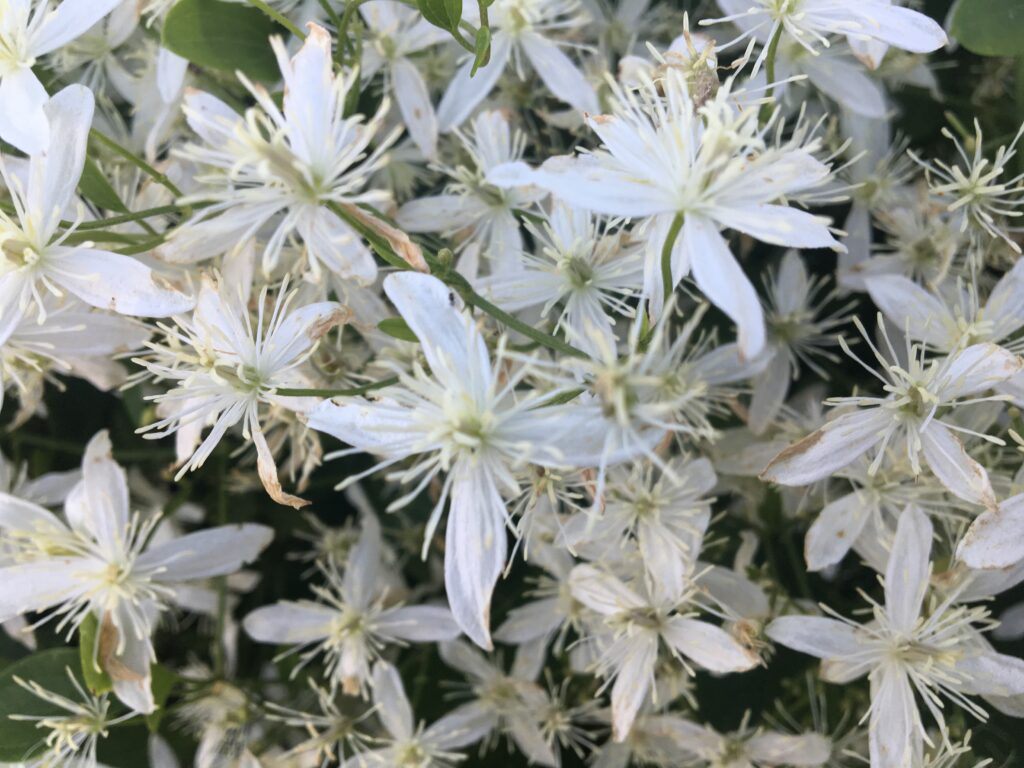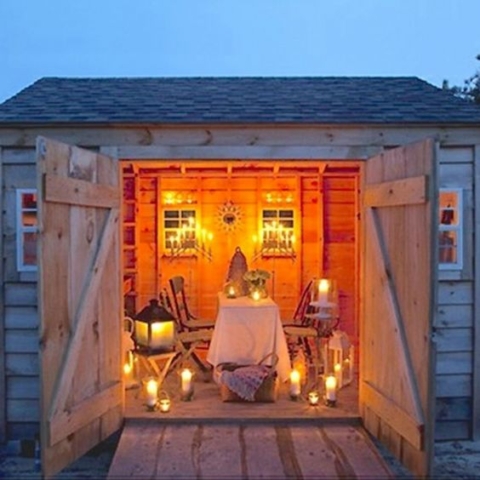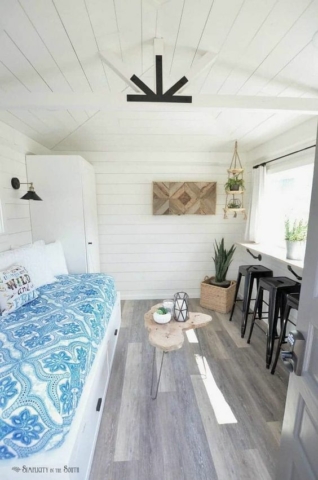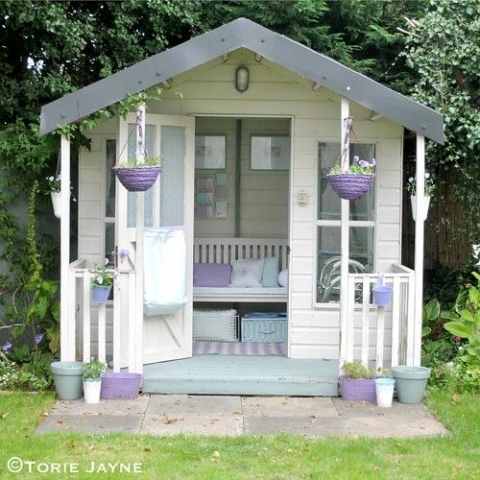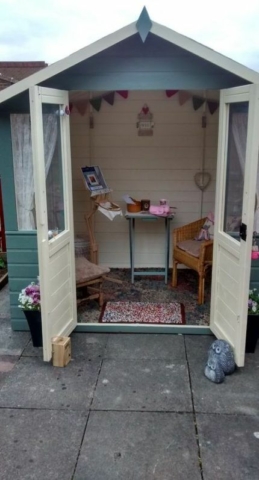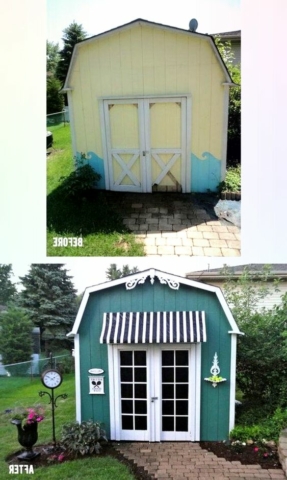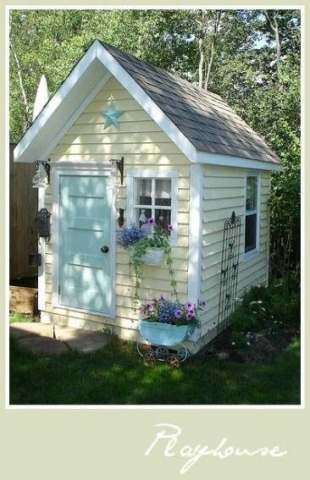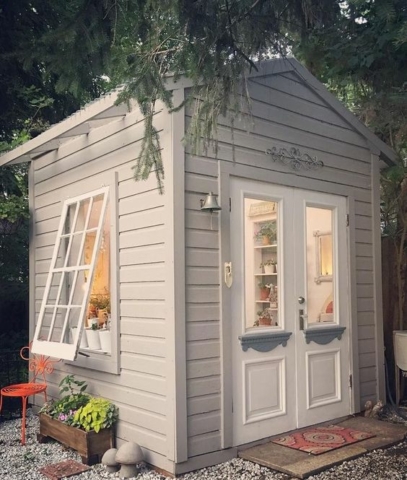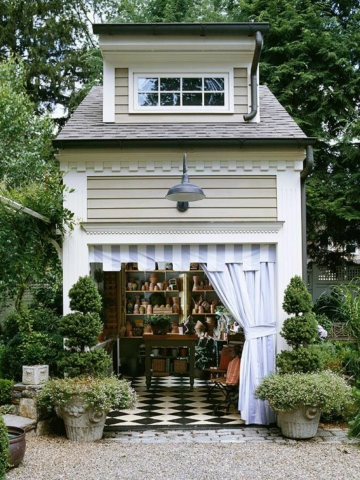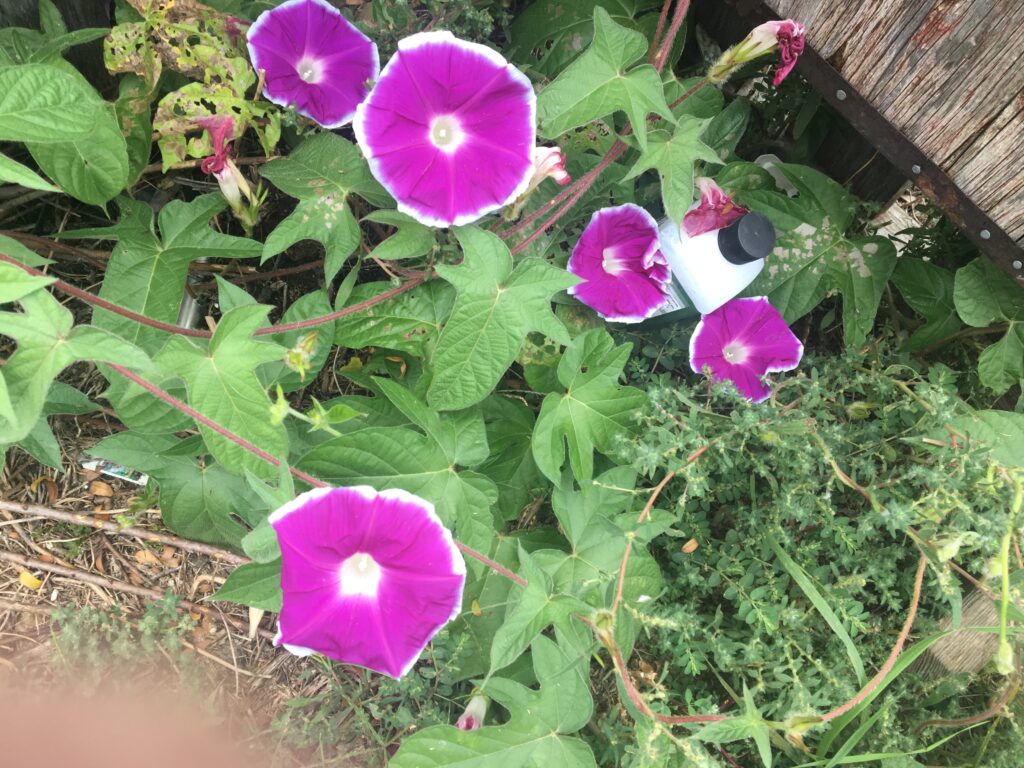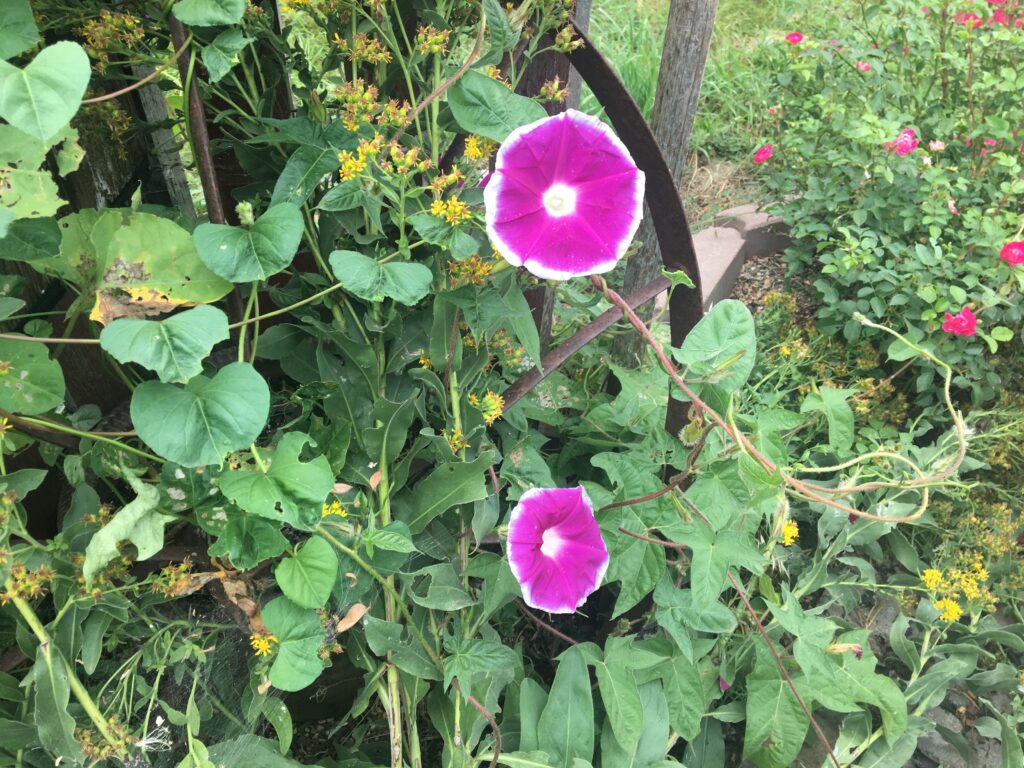Choosing a vine for the garden is a tricky business. The perfect vine would be one that is beautiful, easy to grow and stops at the end of the trellis. The stopping part – or perhaps more accurately failing to stop – is a critical feature to consider when introducing any vine into the garden. Silver lace vine is a beautiful vine, but it does have a wild heart.
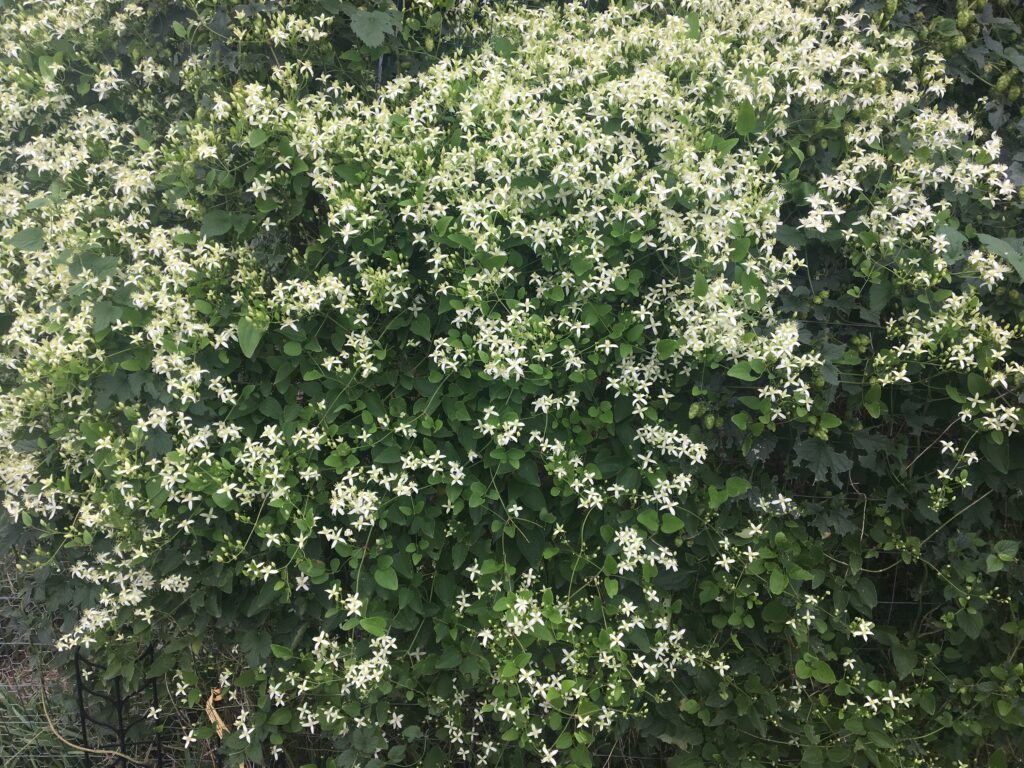
Silver lace vine is a member of the smartweed family, and as such is often included in that group under the synonym name Polygonum. It is a fast-growing, semi-woody perennial that climbs by twining or will scamper across the ground or low growing shrubbery. It starts re-growth early and climbs to a height of 12 to 15 feet in the season. In late summer and early fall, it blooms with masses of white, fragrant flowers.
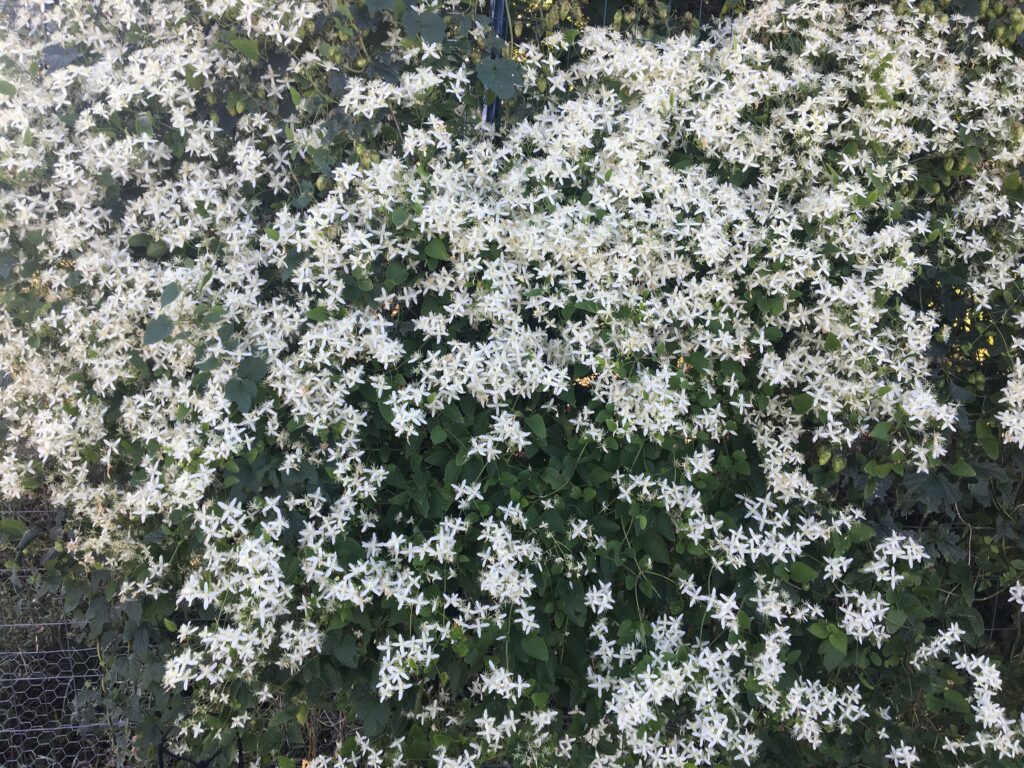
Silver lace vine is an easily grown deciduous vine well-suited for covering fences, arbors or other garden structures. Mine grows up an 8-foot fence into an apricot tree. It does best in full sun locations and is most vigorous in fertile, well-cared for sites. One easy way I control its rampant spread is to plant it in more difficult locations and allow it to fend for itself. Severe pruning at any season can be used to control spread. It is hardy from zones 4 through 8.
